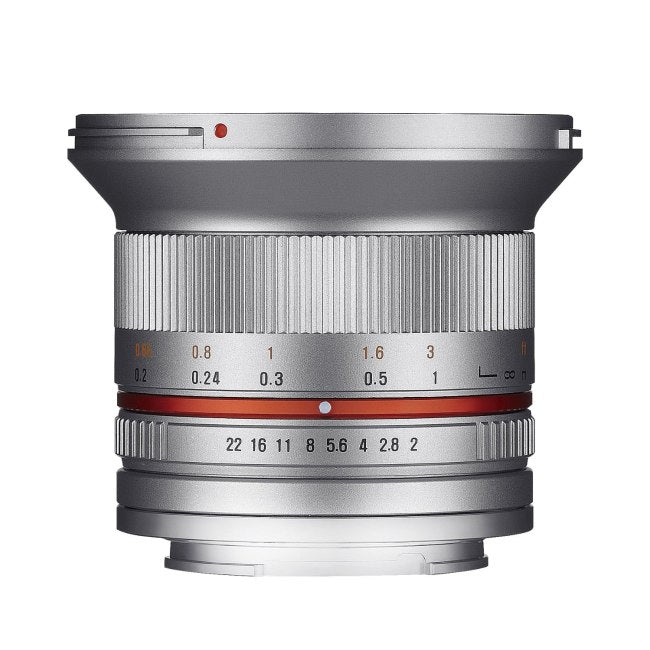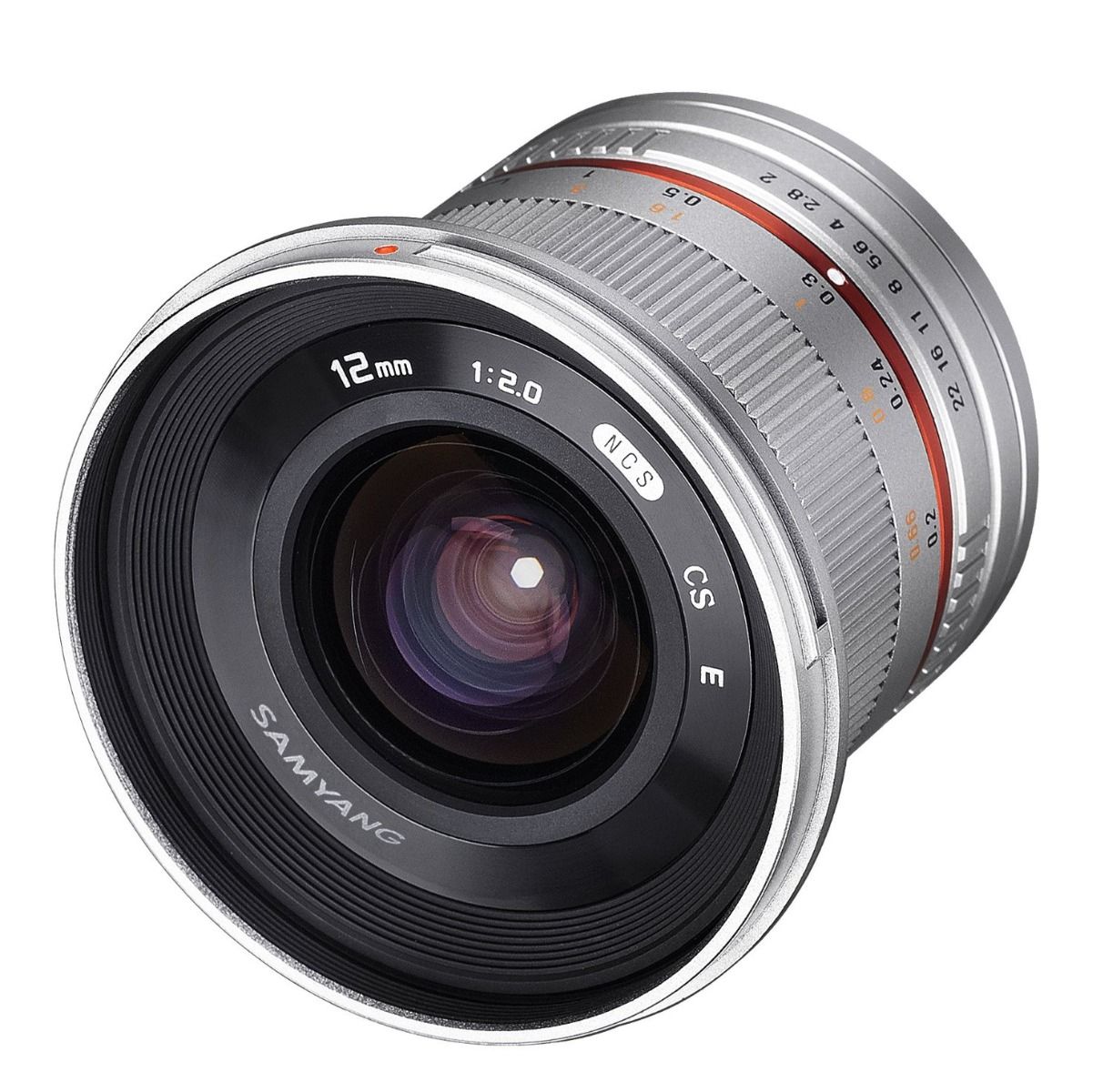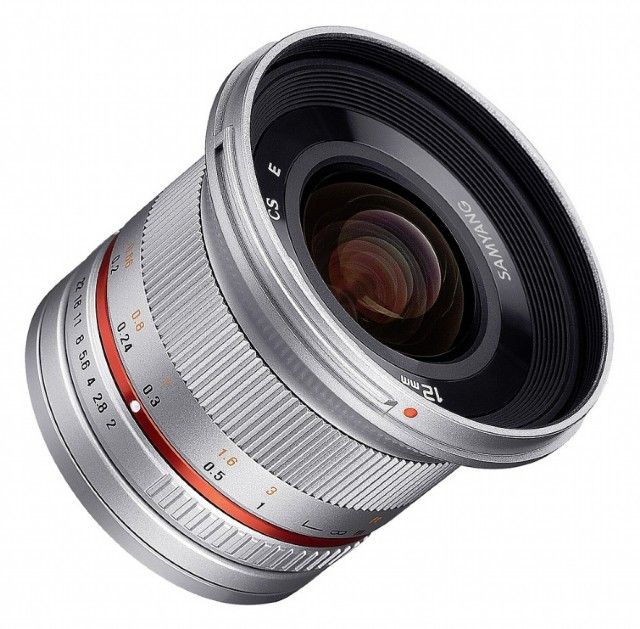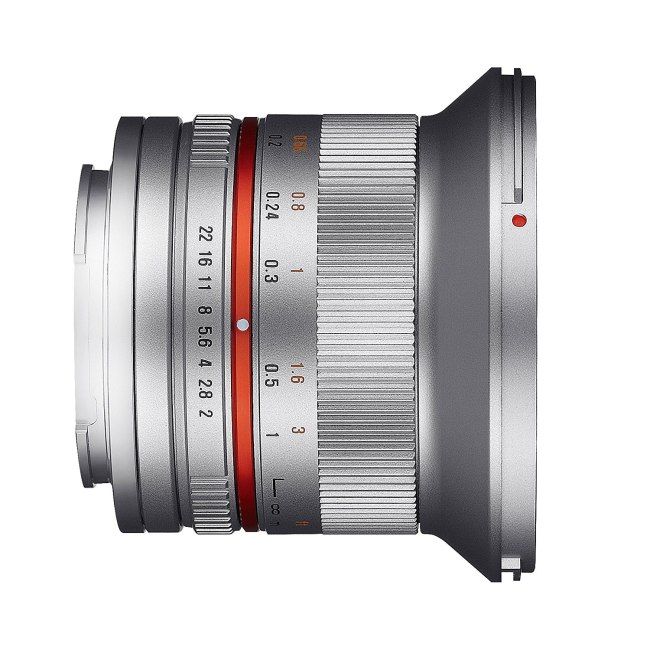Product Description
Samyang 12mm f2.0 NCS CS Lens Silver - Micro Four Thirds Fit
- Aperture Range: f/2.0 to f/22
- 1 ASPH, 1 HR Index, and 2 ED Elements
- UMC Ultra Multi-Coating
Introducing the AF 12mm F2.0 lens - your ultimate solution for capturing stunning images with exceptional resolution. Say goodbye to blurry, low-quality smartphone photos and hello to crystal-clear, professional-grade images.

This lens incorporates five special elements, including one H-ASP, one ASP, and three ED, along with Ultra Multi-Coating, to achieve exceptional image resolution from the centre to the edges of the frame, even at its F2.0 maximum aperture. With its advanced optical design, the Minimum Focusing Distance is just 19cm, allowing you to easily capture close-ups and indoor images with reduced backlight haze.

But that's not all - the AF 12mm F2.0 lens also boasts a bright F2.0 aperture, which guarantees faster shutter speeds in low light conditions and helps improve astrophotography. During the daytime, the F2 aperture adds depth to your wide-angle images by blurring the background, effectively separating the subject and background to create an impressive sense of depth. The large, round bokeh presents calm background blurring and high contrast, achieving optimal balance.

And let's not forget about the fast and quiet autofocus system. Autofocus is now expected to capture images accurately and quickly, but it also needs to be quiet and smooth. The Samyang 12mm f2.0 NCS CS lens is a manual focus, wide-angle prime with Micro Four Thirds fit for use with the Panasonic and Olympus mirrorless cameras. Its lightweight construction, combined with its large f2.0 aperture, makes this lens perfect for a wide range of applications, including travel, landscape, interior, architecture, and astrophotography.
To ensure better light transmission, higher resistance to reflections, and higher contrast to maximize image quality and sharpness across the frame, the lens uses nanocrystal anti-reflective coating that sits on the lens element's surface.

Compact Size & Lightweight
With the new design weighing in at just 213g and measuring only 59.2mm in length, this new 12mm strikes the perfect balance of portability and outstanding performance. It is the lightest and smallest AF 12mm lens currently on the market. This lens includes useful new design features such as a durable, all-metal housing, an ergonomically designed grip with a micro pattern rubber ring and a new modern design with a 'hidden' red ring. The AF 12mm F2 E features weather-sealing and rear glass protection, to prevent dust, light rain, and snow from penetrating. This allows you to capture stunning images in less than perfect conditions.

Perfect APS-C Super-Wide-Angle Autofocus Prime Lens for Astrophotography
The existing Samyang manual focus 12mm F2 is a benchmark lens that has been loved by astrophotography enthusiasts for years. The new AF 12mm F2 E adopts the Autofocus system and a new modern design that goes beyond the frame of the existing manual focus model; it is even more optimised for astrophotography, adding convenience and functionality




















